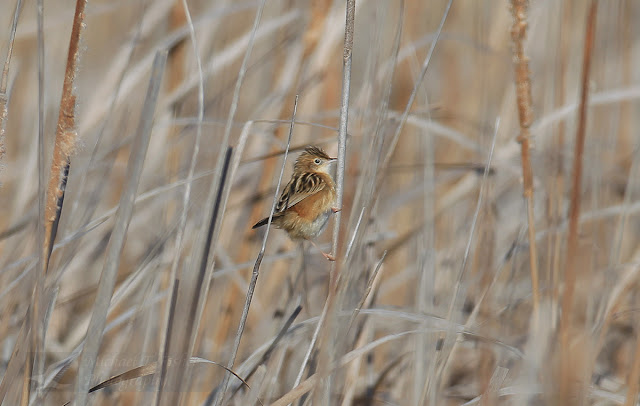Early Sunday morning, and it was trying hard to snow, the "Rooster has sung", and the rising sun flooded light across the Laguna de Gallocanta and the Ermita del Buen Acuerdo.
We were in Aragon, south of Zaragoza and North of Teruel.
Gallocanta is sighted one thousand meters above Calamocha and Daroca. The mountains soar even higher. This is a continental plain where ice-cold winds blow needles through your skin. It's also a spiritual place.
As an essential stopover site within Spain for migrating Cranes (Grus Grus) from late Autumn to February, the skies here can be filled with these beautiful birds and their calls that endear people to them.
The Laguna can sustain twenty thousand Cranes and more at the peak migration times.
We were in Aragon, south of Zaragoza and North of Teruel.
Gallocanta is sighted one thousand meters above Calamocha and Daroca. The mountains soar even higher. This is a continental plain where ice-cold winds blow needles through your skin. It's also a spiritual place.
As an essential stopover site within Spain for migrating Cranes (Grus Grus) from late Autumn to February, the skies here can be filled with these beautiful birds and their calls that endear people to them.
The Laguna can sustain twenty thousand Cranes and more at the peak migration times.
It was early February, the water level was nearly nonexistent, and there were few Cranes. For us, this is fine as we have seen them there on many occasions. The water level was the lowest we had ever witnessed. Deer tracks could be seen from one side to the other through the mud.
Only a few Common Cranes were seen; we counted approximately sixty out on the fields feeding.
As the dusk starts to settle, onlookers brave the cold to watch the spectacle of the Cranes arriving for the night's roost. Sadly, many migrating birds are still a little early in the month. They come back here from Africa, Portugal and other Wintering sites across Spain, congregating in their thousands before pushing North to the breeding grounds of Northern Europe.
Small groups of Cranes arrived from the local fields where they had been feeding.
For more Photos and information on the Cranes, see here.
https://roadrunnersmikelinda.blogspot.fr/2014/03/the-road-to-gallocanta.html
We were just passing through on our way home after our night stop at Gallocanta. Our journey continued the following morning. As we snaked down the mountain towards Daroca, snow showers could be seen obscuring the distant view.
The sky had become brighter as we travelled north towards our next stop at Olite, south of Pamplona.

Our journey took us across part of the Bárdenas Reales, and we knew of a small laguna that would make a good place for lunch.
Reed Buntings are found in their hundreds there. Following the construction of the Canal de las Bárdenas and a massive irrigation project, some areas of the dry badlands have been changed into agricultural land and rice fields. Steppe birds have suffered considerable declines in this new landscape. However, seed-eating birds are now found in huge flocks.
A Zitting Cisticola makes a brief appearance.
As the sun sets on our journey again, a Goldfinch flies off the thistles to its night-time roost.
We had moved on to our night's roost at Olite.
The Palacio Real de Olite was once the home of the Kings of Navarra.
In its time, this was one of the most luxurious castles in Europe.
The last of the Sunday visitors heading home through the medieval streets.
In its time, this was one of the most luxurious castles in Europe.
The last of the Sunday visitors heading home through the medieval streets.
Olite is also the wine capital of Navarra.
Good health!













No comments:
Post a Comment